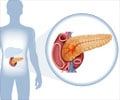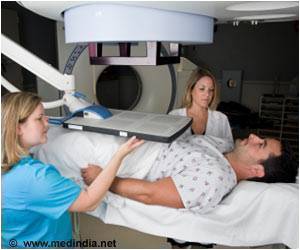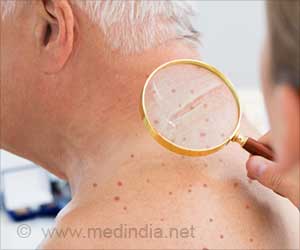Cancer control efforts and outlines improvements as well as gaps in preventive behavior that contribute to cancer mortality are detailed in a new report

Since 1992, the American Cancer Society has published CPED as a resource to strengthen cancer prevention and early detection efforts at the local, state, and national levels. Below are highlights of this year's report.
Tobacco Use
- Smoking rates in U.S. adults and youth have stalled. Among adults, the smoking rate remained unchanged in the past 6 years (2009: 20.6%). Among high school students, the smoking prevalence did not change significantly between 2003 and 2009 (19.5%), but use of smokeless products is increasing in some groups. Smoking among middle school students also did not change between 2006 and 2009 (5.2%).
- States' funding for tobacco control ($517.9 million) in 2011 was the lowest amount allocated since the 1999 Master Settlement Agreement (MSA), with only 2% of states' revenue from tobacco taxes and the MSA allocated for tobacco control.
- Federal tobacco control funding to some extent offset declines in states' funding. Several federal tobacco control initiatives, including U.S. Food and Drug Administration regulations and funding for tobacco control, went into effect in 2010. Provisions for tobacco dependence treatment coverage in the Affordable Care Act for previously uninsured individuals, Medicare, and Medicaid recipients either went into effect in 2010 or will be implemented in upcoming years. Advertisement
- As tobacco marketing and sales become more restrictive due to regulations, the industry is moving toward unregulated venues and products. For example, point-of-source advertising and promotions are increasingly being targeted by the industry, as are products such as small cigars that are not subject to the same regulations governing cigarette sales and marketing.
Advertisement
- Currently, an estimated 18.1% of adolescents and 34.3% of adults are obese. Increasing rates of obesity observed since the early 1980s appear to have slowed in the past decade, particularly among women and girls.
- In 2009, the prevalence of obesity among adults exceeded 20% in all states except Colorado (19.3%).
- To prevent cervical cancer, vaccination against certain types of human papillomavirus (HPV) is recommended for adolescent girls. The initiation of the HPV vaccination series among U.S. females aged 13 to 17 increased from 25% in 2007 to 44% in 2009, and nearly one in three completed the entire series.
- Mammography usage has not increased since 2000. In 2008, 53% of women aged 40 and older reported getting a mammogram in the past year. Women who lack health insurance have the lowest use of mammograms (26%).
- In 2008, 78.3% of adult women had a Pap test in the past three years. However, there is persistent under-use of the Pap test among women who are uninsured, recent immigrants, and those with low education.
- Colorectal cancer screening rates increased from 38% in 2000 to 53.2% in 2008; however, rates remain substantially lower in uninsured individuals. To date, 26 states and the District of Columbia have passed legislation ensuring coverage for the full range of colorectal cancer screening tests.
Source-Eurekalert














